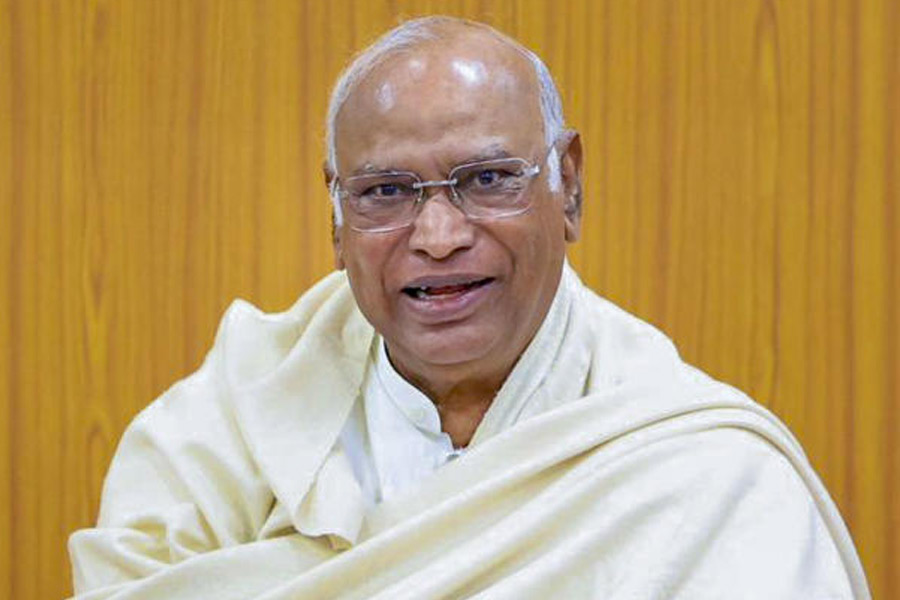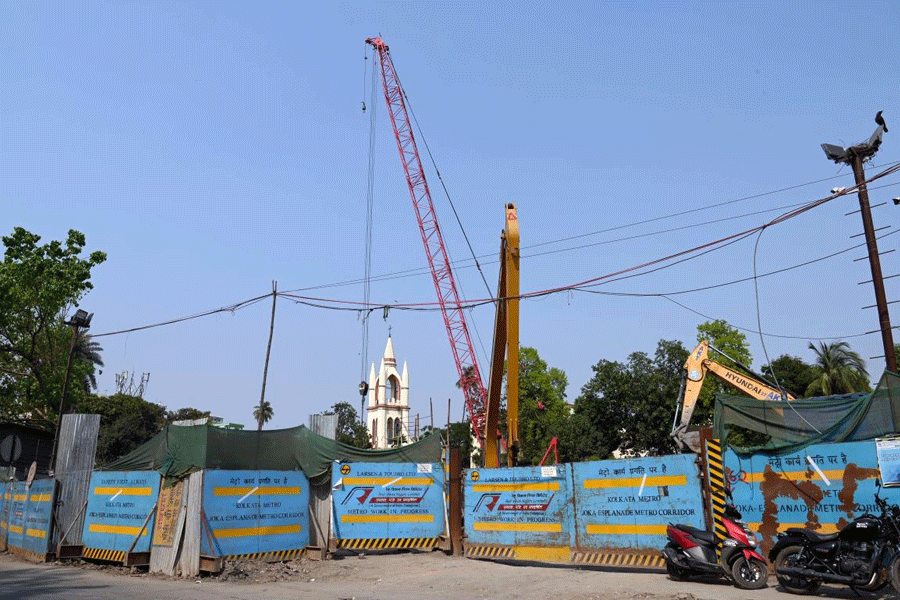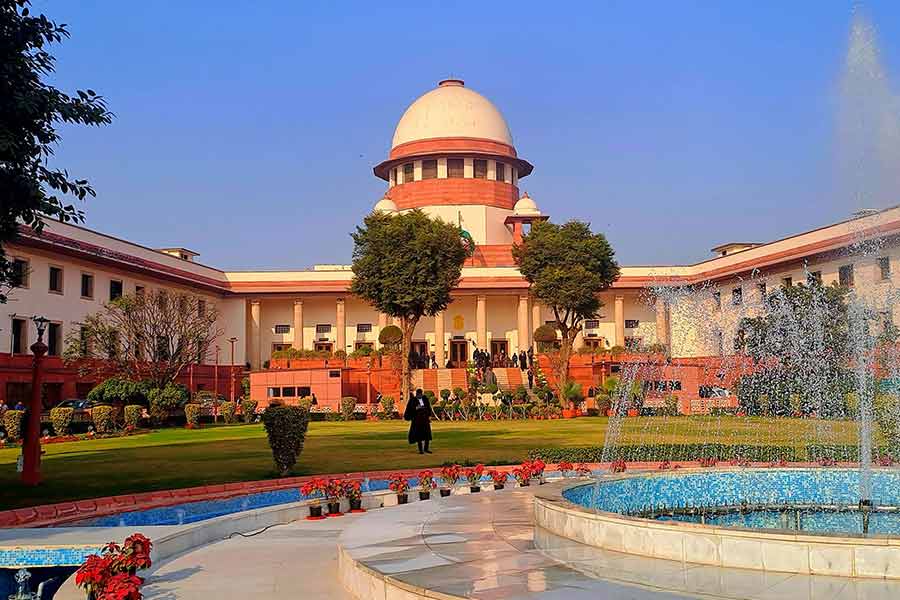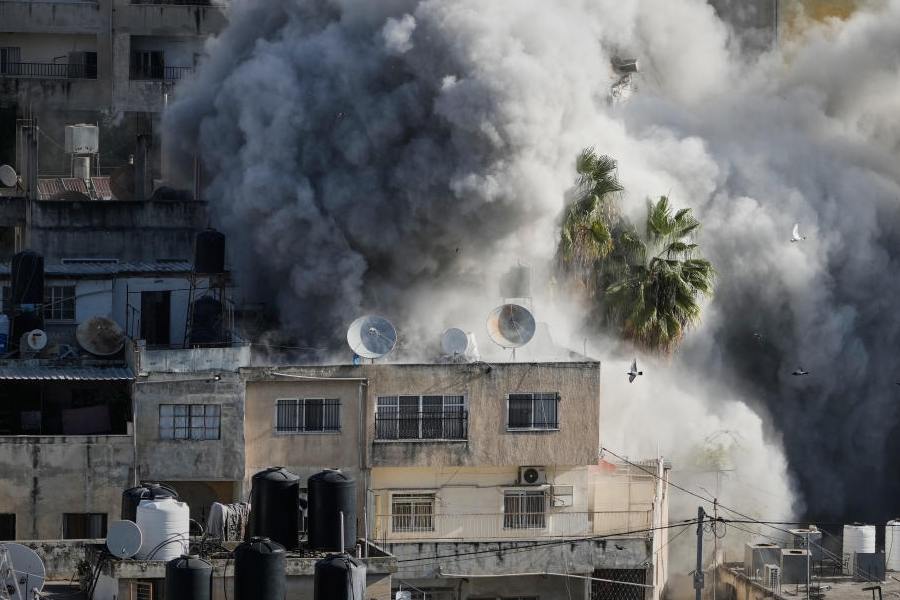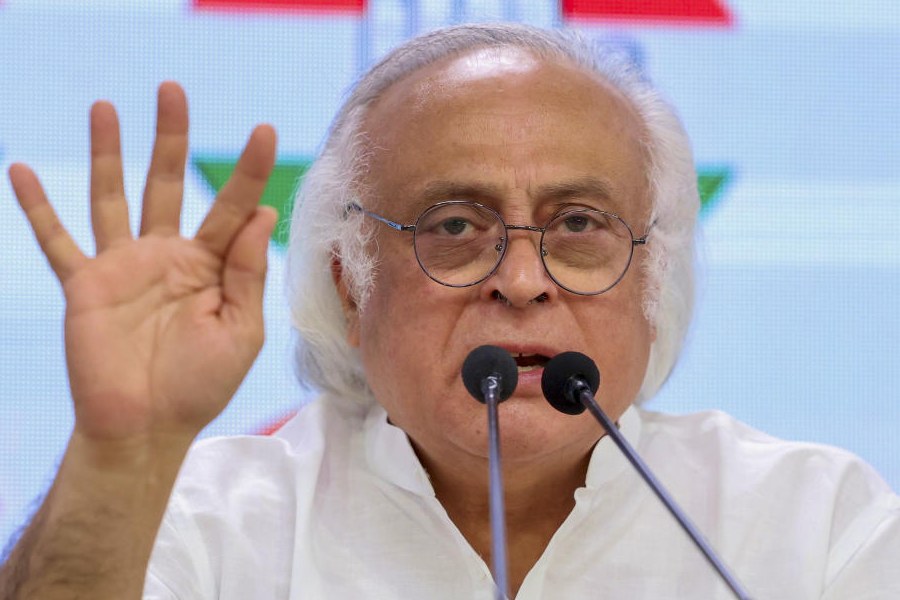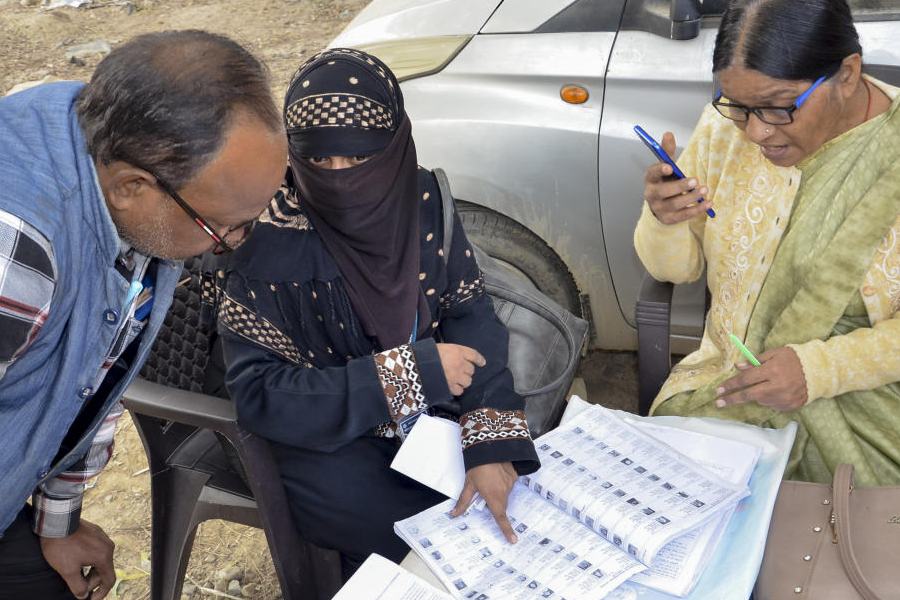 |
 |
 |
 |
| FORTS AND MORE: (From top) Lekha Poddar; Devi Garh; the dining hall in Devi Ratn, and a luxury tent at Rasa |
Lekha Poddar looks closely at the large Madhubani canvas hanging on the wall in front of her. The work, by painter Baua Devi, shows a figure holding a camera. “Wasn’t there a similar one with a sheet of paper instead of a camera,” she asks. There was — but it’s not part of the show, she is told. Pity, says Poddar: the paper symbolised the artist’s own journey.
The painting — celebrating the union of the past and the present — sums up Poddar’s philosophy of blending tradition with modernity. The 18th century derelict fort that she — along with her son, Anupam — turned into a luxury hotel called Devi Garh 11 years ago is a splendid example of that. And later this month, when two of her new hotels in Jaipur — Devi Ratn and Rasa — are expected to open, the Poddar trademark will be on show.
“For us the history and culture of India are not frozen in time,” elaborates Anupam, director of Boutique Hotels India Pvt. Ltd (BHIPL), which runs the hotels. “They continue to change and adapt with the times while retaining an Indian design identity.”
After the launch of the hotels — “hugely delayed thanks to the vagaries of construction” — Lekha Poddar, director of BHIPL and president, Devi Art Foundation, hopes to take a break. “You need some breathing time to clear your mind,” she says. What’s clear, though, is that when she gets back to business, she will be ready to tread a new path. After all, she’s been doing just that for a while.
Take the Gurgaon-based Devi Art Foundation. Started by the mother and son in 2008, it’s the first private collection of modern art open to the public. Baua Devi’s work is part of an ongoing show called ‘Vernacular, in the Contemporary: Part Two.’ Poddar is also the first to venture into hotels in the extended family of the Birlas, who have mostly made their mark in the manufacturing sector.
“Everything that happened in my life happened by default,” asserts Poddar, who grew up in Calcutta and studied at the Rani Birla Girls’ College. “I’ve never been trained for anything. So I have learnt as I have wanted to learn. Since I did not get into traditional business, whatever I did, I did on my own.”
The Devi Garh Hotel, 28km from Udaipur and looking majestically out to the Aravalli hills, spells luxury. The plushest of its 39 suites, the 1,200-square-foot Devi Garh suite, revels in its private sun deck and jacuzzi. Rasa, just outside Jaipur, is a sprawling complex with 40 luxury cube-like canvas tents, rubbing shoulders with the walls of the Amber Fort. And Devi Ratn, a luxury boutique hotel and spa destination, has already made a buzz in the hospitality sector.
“Devi Ratn brings design with a capital ‘D’,” says hotelier Aman Nath, who runs the Neemrana Fort Hotel on the Delhi-Jaipur highway. “Lekha Poddar was always artistic and creative, but ‘design’ became her big thing — even obsession — if I may say so. Neemrana and Devi Garh were her learning path.”
Neemrana, indeed, was the trigger. One day, Poddar recounts, Aman Nath (a friend who would “drag” her to art shows) showed her the plans of a 15th century fort in disrepair. “I didn’t know much, but I was absolutely fascinated. I said if you ever do anything with this, I’d love to be a part of it.”
Poddar was one of two partners who, along with Aman Nath, bought the fort in the Eighties and turned it into a hotel. The two partners later withdrew from Neemrana (“I didn’t think I could handle both Udaipur and Neemrana”), which is now run by Nath and his partner Francis Wacziarg. “That was my first experience of how to restore an old building,” Poddar says.
Like Neemrana, Devi Garh emerged out of an architectural plan. “I showed it to my father,” she says, referring to the industrialist G.P. Birla, who died last year. “I had no money, so I said to him: ‘It’s up for sale, why don’t you buy it.’ He said OK, and bought it.”
In the early Nineties, when Neemrana Fort Hotel opened to thundering applause, Birla remembered the old ruin that he had bought. “Somebody should do something about it, he said, or it would crumble further,” Poddar recalls. The daughter went from hotelier to hotelier, but nobody was ready to touch it. “So, after two or three years, I said, OK, I’m going to do it. That’s how I got into hotels.”
It helped that Anupam, who had returned to India after studying abroad, was looking at doing something different. His elder brother Devashish was in father Ranjan Poddar’s paper mill business, but Anupam had other plans. “He said he didn’t want a 9-to-5 job. So I said, ‘I’m doing this — do you think it interests you.’ ” Anupam, who also completed a six-week professional hotel industry training programme from Cornell, went to Udaipur a few times, and declared that he was in.
The Devi Garh project took seven years to complete. Delhi-based architect Gautam Bhatia recalls that it came to him veritably as an empty shell. “We had to turn it into a successful modern hotel, without losing out on its sense of history,” he says.
Poddar, Bhatia adds, has always been hands-on — “in a very positive way”. For instance, Anupam elaborates, she selects all the plants for the properties. She doesn’t just discuss the menu, but tastes every dish, he adds.
“My mother has always been very perceptive of detail. She can spot a flaw or instinctively see the need for fine tuning, especially at the finishing stages of a project,” Anupam stresses.
Devi Garh is one of the few super luxury palace hotels in India to have caught the eye of the discerning foreign traveller. But Aman Nath stresses the difference between the paths taken by Neemrana and Devi Garh. “I think our viewpoint remains fiercely Indian. I will never bend over backwards to please the rich tourists on their terms,” he says.
Poddar, in turn, points out that her hotels — with tariffs ranging roughly from Rs 15,000 to Rs 1.16 lakh a night — seek to marry heritage with modern times. “I always wanted to make Devi Garh contemporary. I was quite bored of seeing the same thing — printed curtains, block-printed bedspreads, old furniture being re-upholstered and so on. With our amazing tradition of craft, I thought that if we couldn’t take a step forward, it would be a lost opportunity.”
So she asked her pichwai painters to inject “contemporary language” into their traditional work. The artists, whose work focuses on the god Srinath, were urged to try out small lotuses in one frame. In one room, the various stages that go into the painting of the god — the initial sketches, the colouring, the faces, the clothes and so on — were presented in different layers. “The tradition is there, but the language is different,” she says.
Devi Garh, Anupam adds, bears the strong imprint of his mother. “One can see her preference for the more classic accents,” he says. “In the newer hotels, while her vision prevails, she decided to make them even more contemporary than our previous projects.”
Poddar clearly took the plunge at the right time. “When you are younger, you are a bit more daring. If I was offered it today, I’d say no,” she says. Now, a slender and gamine 60, the hotelier has chalked her own path. “After years of trying to learn, trying to understand, you feel slightly confident to be able to say: I think I can do this.”


